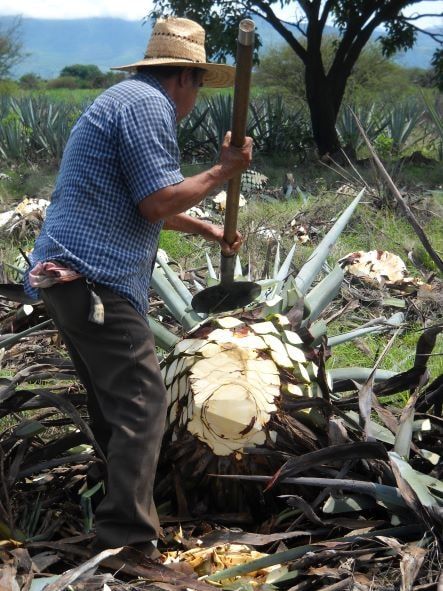Tequila industry, a circular economy success story
The tequila industry in Jalisco is one of the industries that apply the use of the circular economy, which reuses waste from its various activities to promote sustainability, protect the environment and transform its methods.

One of the industries that apply the use of the circular economy is the tequila industry in Jalisco, which reuses waste from its various activities to promote sustainability, protect the environment and transform its methods.
This was made known by Dr. Luis A. Romero Cano, Professor-Researcher at the Autonomous University of Guadalajara (UAG), who pointed out that, according to data from the Tequila Regulatory Council, during 2018, 1 million 139 thousand tons of agave were consumed, of which approximately 433 thousand tons belong to the leaves of the plant; because these are not considered within the tequila production chain, they are discarded in the field after the jima ("harvest").
"In the laboratory we have managed to valorize this waste to reincorporate it into the production of the beverage, thus contributing to the implementation of the circular economy in the state's most representative industry. Through a thermal treatment, under controlled conditions, we have managed to transform the waste into activated carbon useful for the production of crystalline Tequila in which activated carbon filters are used to perform selective removal of color in aged Tequilas", he explained.
Currently, the tequila companies buy this material from a supplier to help their crops grow, these actions allow them to use the residue and minimize production costs, turn waste into raw material and thus promote a different economy and transformation. This is one of the many examples applied to the industry that could be realized with the application of this method and that is analyzed and applied in the laboratories of the UAG.
What is the circular economy?
The concept of "circular economy" encompasses a new model of production and consumption that has gained wide acceptance in recent years because it guarantees sustainable growth. The concept is not new, but its application is, said the researcher.
As society has grown, so have its requirements. More and more energy and products are needed to meet the demand for resources, but the resources available to mankind are limited.
One strategy to meet this demand is to shift from a linear, consumption-based economy to a model based on nature, where nothing is wasted, everything has a value and each stage is part of a cycle. This model, where everything is used and waste can be converted into new raw materials that re-enter the production and consumption process, is what the circular economy is based on.
The circular economy guarantees sustainable growth and its benefits can be encompassed in five main aspects: cost reduction, compliance with legal aspects, carbon footprint reduction, improvement of the institutional brand, and competitiveness in the market. As the use of waste in the process increases, raw material costs decrease, the final disposal of waste is minimized and it is even possible to certify processes as environmentally friendly, which has a positive impact on the image of the product or service.
At the moment, the implementation of a circular economy model is in the development stage. Although some production plants and consumers are already developing actions, there are still challenges to be met, since the model must be applied to all phases of the production system in such a way that it is integrated into a cycle where there are zero emissions and zero waste.
To take the next step, research, development, and innovation (R&D&I) must be integrated so that scientific and technical knowledge can be used to develop technologies for new products, fuels, materials, and processes.




